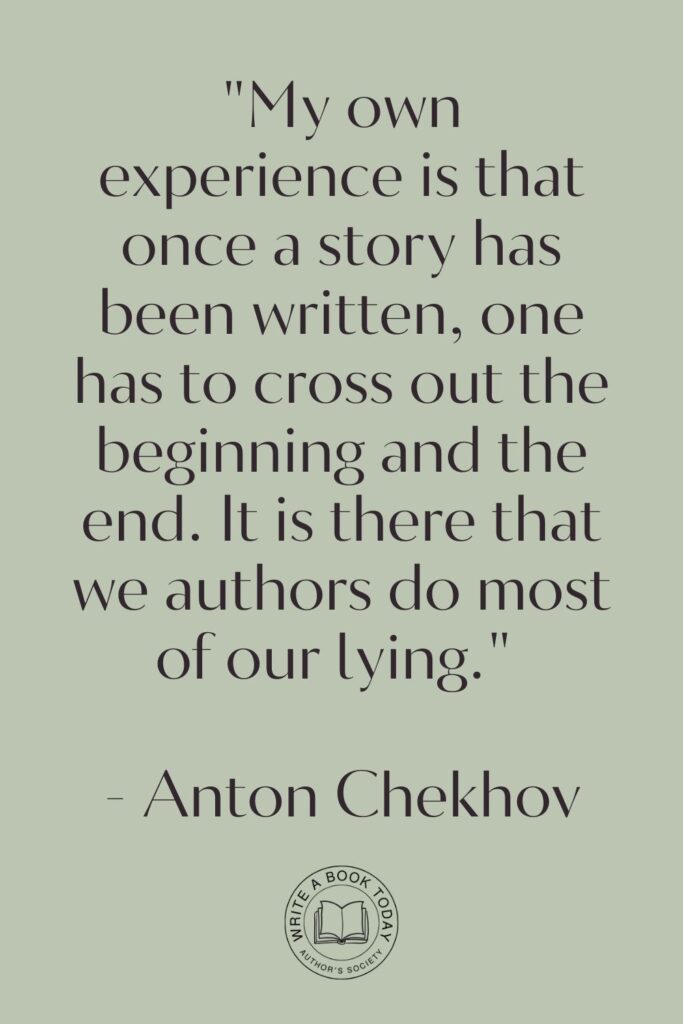Imagine stepping into a world where the air is thick with mystery, the shadows dance with secrets, and the landscape whispers tales of old.
How does this world come to life in your mind?
The answer lies in the importance of setting in fiction. Setting is not just a backdrop; it is a vibrant character in its own right, shaping narratives and guiding characters through their journeys.
Like an artist’s brush on canvas, setting paints the mood, defines the plot, and breathes life into the characters who inhabit it.
Whether you’re crafting a bustling cityscape or a desolate wasteland, understanding the power of setting can transform your fiction writing into an immersive experience for your readers.
Understanding the Importance of Setting in Fiction
The role of setting in storytelling is multifaceted, providing a rich tapestry that intertwines with every aspect of the narrative.
It’s the silent symphony playing in the background, influencing emotions, decisions, and actions.
But what exactly is setting, and how does it function within a story?

What is Setting?
Setting is the stage upon which your characters perform, encompassing the time, place, and environment of your story.
It includes everything from the geographical location and historical period to the cultural context and social milieu. Imagine the setting as a living, breathing entity that interacts with characters and plot, shaping the narrative’s course.
In “The Great Gatsby,” for instance, the opulent mansions of East Egg and West Egg are not mere backdrops but active participants in the tale of decadence and moral decay.
The setting provides the contrast needed to highlight themes of wealth and class disparity, making it an integral part of the storytelling fabric.
Key Elements of Setting in Storytelling
To create a compelling setting, consider the following elements:
- Location: This can range from a specific street to a vast universe, setting the physical scene for your story.
- Time Period: Whether it’s the distant past or a futuristic world, the era influences the story’s tone and context.
- Social Environment: Includes cultural norms, societal structures, and historical influences that affect character behavior and plot development.
- Weather and Season: These can symbolize internal character states or foreshadow events, adding depth to the narrative.
The Role of Setting in Plot Development
Setting is a catalyst for plot development, shaping the trajectory of the narrative and the fates of the characters within it.
It’s the invisible hand guiding the story, often dictating the possibilities and limitations of the plot.
Feeling lost with your debut novel?
Fiverr Pro connects you with expert editors, designers, and marketers – everything you need to get your book ready for success!

How Setting Influences Characterization
Characters are products of their environments, molded by the settings they inhabit. Consider the rugged terrain of the moors in “Wuthering Heights,” which mirrors the tumultuous emotions of its inhabitants.
The wild, untamed landscape shapes the characters’ identities, highlighting their inner conflicts and desires.
A character raised in a bustling metropolis will likely have different values and experiences than one from a quiet rural village.
The setting not only influences their worldview but also dictates their interactions and growth throughout the story.
To enhance characterization through setting, allow the environment to reflect your characters’ internal struggles.
Use the setting as a mirror to their souls, revealing hidden depths and motivations.
The Connection Between Setting and Mood
Setting is a powerful tool for establishing mood and atmosphere. A dark, stormy night can evoke feelings of suspense and foreboding, while a sunny meadow might convey peace and happiness.
In Agatha Christie’s “And Then There Were None,” the isolated island setting creates an atmosphere of claustrophobia and tension, amplifying the story’s suspense.
The mood set by the environment can influence readers’ emotional responses, drawing them deeper into the narrative.
Experiment with contrasting settings to create unexpected moods. A joyful event in a grim setting can heighten tension, while a serene environment during a conflict can provide relief and complexity.

Thematic Depth: Setting as a Reflection of Ideas
Beyond mood and characterization, setting can serve as a reflection of broader themes and ideas within a story.
It acts as a lens through which readers can explore the underlying messages and moral questions posed by the narrative.
Examples of Effective Use of Setting in Literature
In Gabriel García Márquez’s “One Hundred Years of Solitude,” the fictional town of Macondo serves as a microcosm of Latin American history, reflecting the cycles of boom and bust, hope and despair.
The setting becomes a character in itself, embodying the themes of solitude and the passage of time.
Similarly, in George Orwell’s “1984,” the oppressive environment of Airstrip One underscores the themes of surveillance and totalitarianism, with the bleak, controlled setting mirroring the loss of individuality and freedom.
Google Docs is for notes. Scrivener is for novels. Upgrade your writing game and try it for free today!

Analyzing Iconic Settings in Classic Works
| Literary Work | Setting | Thematic Significance |
| Jane Austen’s “Pride and Prejudice” | 19th-century rural England | Class distinctions and societal norms |
| F. Scott Fitzgerald’s “The Great Gatsby” | 1920s Long Island | The American Dream and moral decay |
| Emily Brontë’s “Wuthering Heights” | The Yorkshire moors | Passion, revenge, and the supernatural |
When analyzing settings in literature, consider how the environment interacts with the characters and themes. A well-crafted setting can reveal insights into societal issues and human nature.

Practical Tips for Enhancing Your Fiction Writing
Creating a vivid and engaging setting is a skill that can elevate your fiction writing, drawing readers into the worlds you create.
Here are some practical tips to help you craft immersive settings that captivate and resonate.
Crafting Vivid and Immersive Settings
Begin by visualizing your setting in detail, considering all five senses. What does the air smell like?
How does the ground feel beneath your character’s feet?
Use sensory details to create a rich tapestry that readers can step into.
For example, in J.K. Rowling’s “Harry Potter” series, Hogwarts is brought to life through descriptions of enchanted staircases, the warmth of the Great Hall, and the scent of magical potions.
These details invite readers to experience the world alongside the characters.
No marketing platform? No social following? No problem!
Publisher Rocket helps you market your debut novel like a pro.
It’s a gamechanger for debut authors – try it today!


Using Sensory Details to Enrich Your Narrative
Sensory details are the threads that weave the fabric of your setting, making it tangible and believable. Instead of merely stating that a room is cold, describe the way the chill seeps into the bones, causing shivers to run down the spine.
By engaging the senses, you can create a more immersive experience for your readers, allowing them to feel the world you’ve crafted.
Integrating Setting with Character and Plot
The most effective settings are those that seamlessly integrate with character development and plot progression.
Allow the environment to challenge your characters, forcing them to adapt and grow. In J.R.R. Tolkien’s “The Lord of the Rings,” the journey through Middle-earth is fraught with obstacles that test the characters’ courage and resolve.
The setting becomes a crucible for transformation, shaping the narrative’s arc.
Consider how changes in the setting can reflect shifts in your story’s tone or direction.
A sudden storm might mirror rising tension, while a peaceful dawn could signify hope and renewal.

Conclusion: Embrace the Transformative Power of Setting
The importance of setting in fiction cannot be overstated. It is the foundation upon which stories are built, influencing every element from plot to character to theme.
By understanding and harnessing the power of setting, writers can craft narratives that are not only engaging but also deeply resonant.
As you embark on your next writing journey, remember to let your setting breathe and evolve, allowing it to guide your story to new and exciting heights.
Embrace the transformative power of setting, and watch your fiction writing soar.








